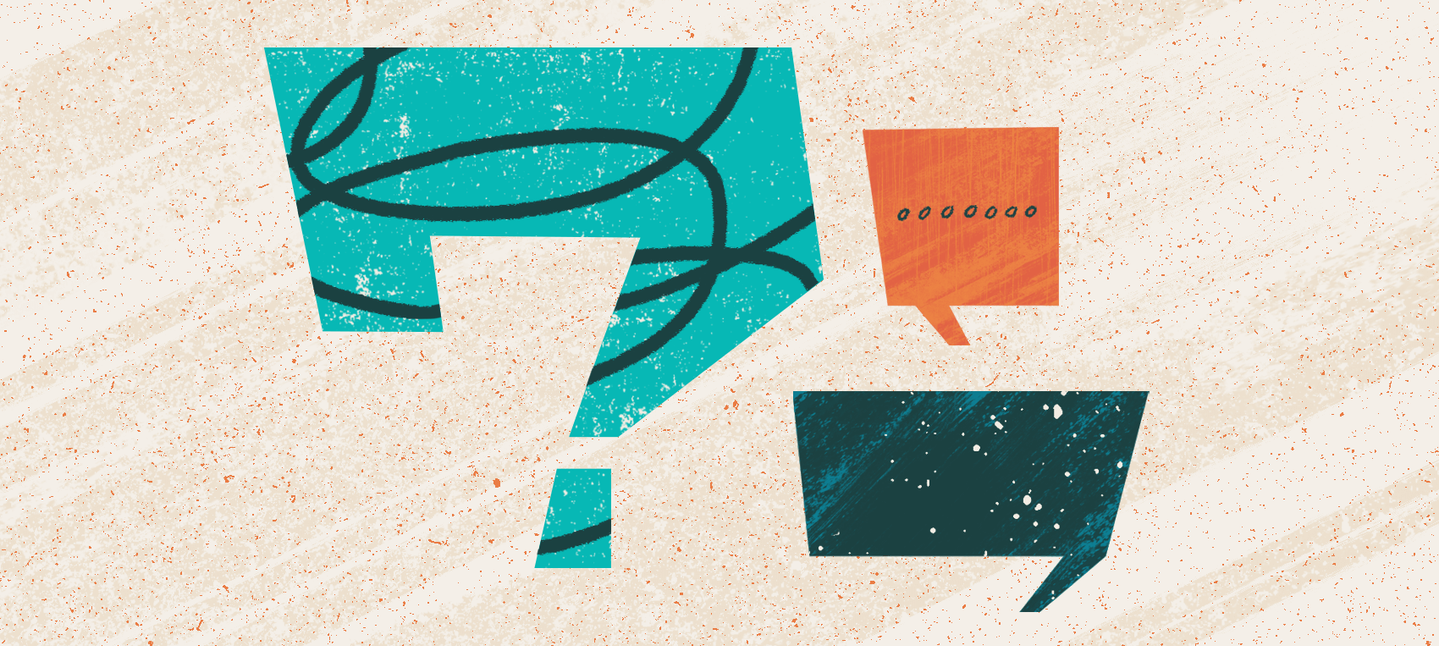QA #5: How should I handle changing UX/UI design requirements?
Published

This is usually a symptom of misaligned expectations within a team.
One of the most powerful skills in design is being able to distill multiple inputs and constraints in a way that there is complete alignment on what needs to be built.
Enter the Design Brief: In my opinion, a tool more important than Figma. The holy grail of creative documents that are far too often created half-heartedly.
When done right they minimize surprises, accelerate projects and maximize alignment and buy-in on what needs to be done. When done wrong, it can lead to nothing short of chaos and confusion.
Here are 6 foolproof steps to creating a design brief that doesn’t suck:
- Define the issue in a problem statement: If a group of people can’t agree on a problem, how are they going to agree with a particular solution?
- Define your project goals: They should outline the key results your design will produce not only for the user experience but for the business as well.
- Write out your ‘success looks like’ statements: A concise way to communicate your team’s vision for the ultimate project win. They also ensure that beyond just defining the problem, everyone is aligned with what the desired outcome of the solution should be.
- Identify your design principles: A set of statements that define the method in which you are going to design the solution. This isn’t to say we are defining a solution here, rather the approaches and principles that you are going to abide by.
- Create a hypothesis: An “if and then” statement that supports your problem statement.
- Tell your Job Stories: To identify the exact needs of your user by writing statements from their point of view. These statements should be written to express the situation, the motivation, and the desired outcome for your user.
Nail these six steps and you’ll be setting yourself up for great design work, far fewer surprises, less room for misalignment or off-topic project requests. Every. Single. Time.
Your team will thank you for it.
Read more here: Design the right thing first: How to write a UX design brief